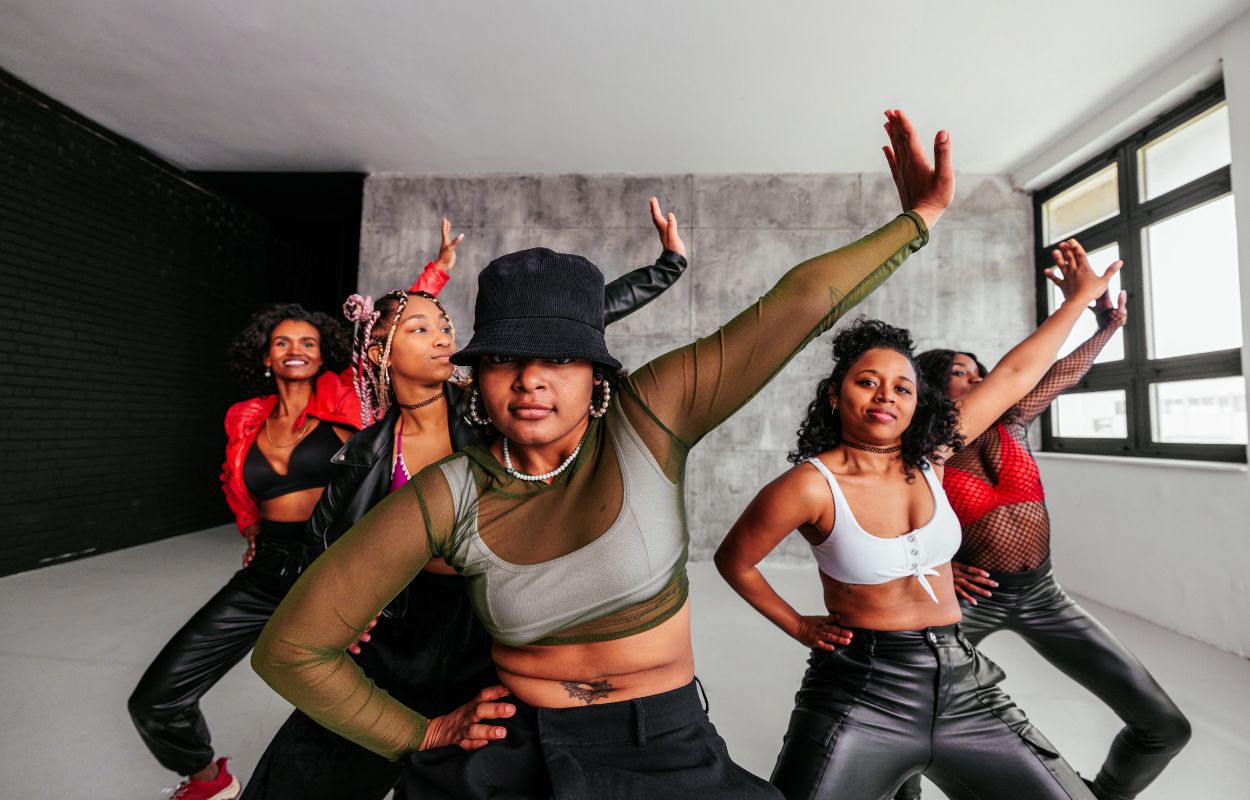Acting is not just about delivering lines; it’s about embodying a character and bringing a story to life. One crucial aspect that often takes center stage in this transformative process is the art of choreography and blocking. These elements are the unsung heroes of a compelling performance, guiding actors through physical movements and spatial relationships to enhance the overall narrative. In this blog post, we will delve into the significance of choreography and blocking in the world of acting and how mastering these techniques can elevate your craft.
UNDERSTANDING CHOREOGRAPHY AND BLOCKING
Choreography and blocking are intricately connected aspects of stage and screen performance. Choreography refers to the planned and coordinated movement of actors, while blocking involves determining their positions and movements in relation to the set and other actors. Together, they create a dynamic visual language that enriches storytelling by adding depth and nuance to a scene.
CREATING VISUAL HARMONY
In the realm of acting, a well-choreographed and blocked scene is akin to a beautifully choreographed dance. Every movement, gesture, and interaction contributes to the overall visual harmony, drawing the audience into the narrative. By understanding the physicality of their characters and the spatial dynamics of the scene, actors can create a captivating visual spectacle that complements the emotional depth of the performance.
ENHANCING EMOTIONAL RESONANCE
Choreography and blocking are not just about moving bodies around the stage or set; they serve as powerful tools for conveying emotions. Thoughtful movement and positioning can amplify the emotional beats of a scene, allowing actors to connect with their characters on a visceral level. Whether it’s a tender embrace, a heated argument, or a triumphant victory, the right choreography and blocking can intensify the emotional resonance of the moment, leaving a lasting impact on the audience.
FOSTERING EFFECTIVE COMMUNICATION
In a collaborative art form like acting, effective communication is paramount. Choreography and blocking serve as a shared language between actors, directors, and other members of the production team. Clear and precise movements help in conveying intentions, ensuring that everyone involved is on the same page. This collaborative approach fosters a cohesive performance where every element works in tandem to tell a compelling story.
ADAPTING TO DIFFERENT MEDIUMS
While the principles of choreography and blocking remain constant, their application varies across different mediums. Stage performances require actors to consider the audience’s perspective, emphasizing larger, more exaggerated movements. In contrast, film and television demand a subtler approach, with a focus on camera angles and framing. A versatile actor who can seamlessly adapt their choreography and blocking to different mediums enhances their overall effectiveness and marketability.
REHEARSAL AND ITERATION
Achieving mastery in choreography and blocking requires dedicated rehearsal and a willingness to iterate. During rehearsals, actors have the opportunity to fine-tune their movements, experiment with different blocking choices, and receive feedback from directors and fellow cast members. This iterative process is essential for discovering the most impactful and authentic ways to bring a scene to life.
In the world of acting, choreography and blocking are the silent architects of a memorable performance. By mastering these fundamental elements, actors can transform a script into a captivating visual and emotional experience for audiences. From creating visual harmony to enhancing emotional resonance, the impact of thoughtful choreography and blocking cannot be overstated. Aspiring actors, take note—embrace these techniques, rehearse diligently, and watch as your performances transcend the ordinary, leaving an indelible mark on the hearts of your audience.





